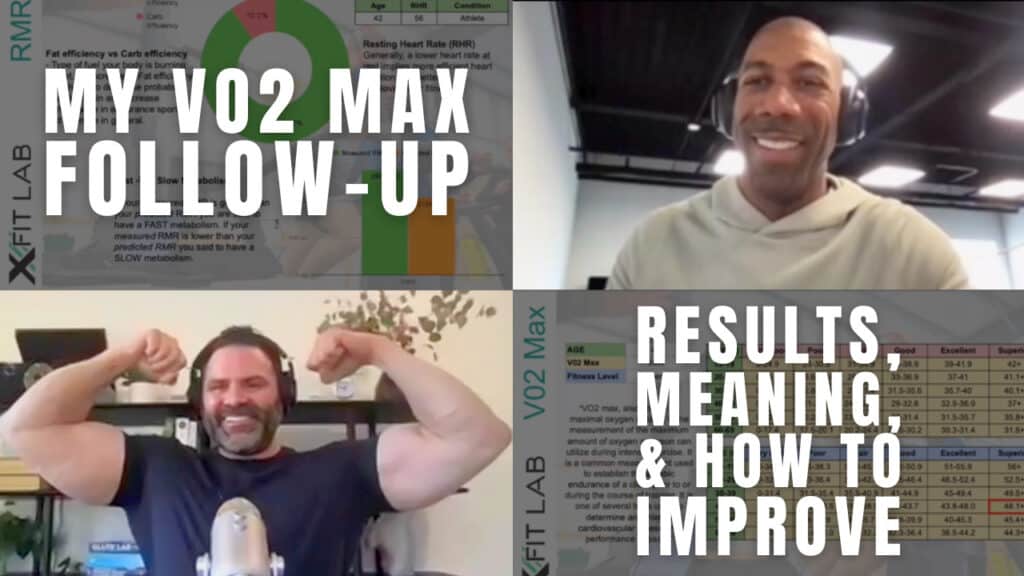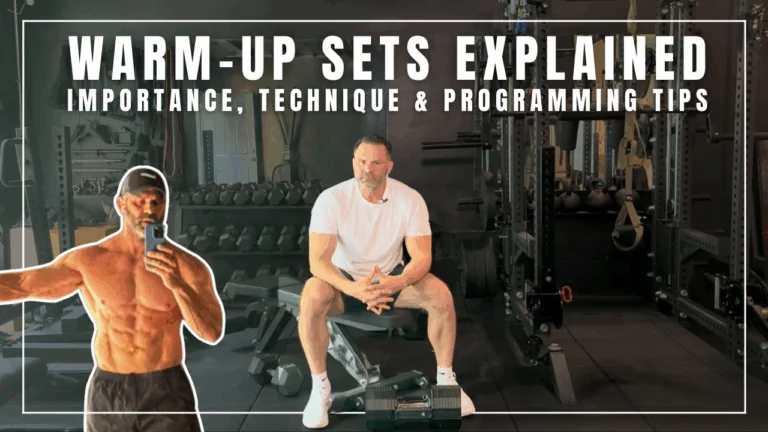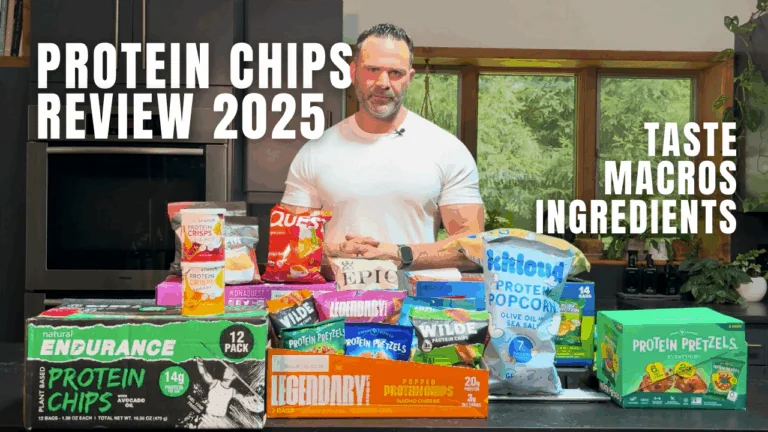Recently, I had the chance to revisit my VO₂ Max and metabolic testing with Dr. Isiah Robinson at XFit Lab in White Plains, NY—and the results blew me away.
Not only did we see major improvements in my cardiovascular fitness since my last test, but we also uncovered why my body is operating more efficiently than ever at age 42, even as a new dad.
Testing the Engine: Breath-by-Breath Data
VO₂ Max testing at XFit Lab involves analyzing breath-by-breath data to assess how well your body utilizes oxygen and eliminates carbon dioxide. According to Dr. Robinson, this data gives us a real-time snapshot of how our metabolism is functioning—and in my case, things were running like a well-oiled machine.
Two years ago, my fat efficiency was 84%. Now? It’s up to a staggering 90%. That level of metabolic flexibility means my body can seamlessly shift between burning carbohydrates and fats—something Dr. Robinson says is rare and impressive. “When you’re above 70%, your body knows when to use excess carbs and when to burn fat,” he explained.
The Power of Base Work: Strength + Zone 2 Training
So what’s driving this improvement? It’s what Dr. Robinson calls “base work”—a combo of strength training and consistent zone 2 cardio. These efforts build mitochondria at the muscle level, helping the body become more efficient at fat-burning and recovery.
For me, zone 2 training hits around 115 bpm—though we’re working to push that number higher by spending more time in that heart rate range. The more time your body spends in zone 2, the more it adapts by creating more mitochondria and becoming more energy-efficient.
Resting Heart Rate, VO₂ Max, and the Comeback
My resting heart rate has dropped from the 70s to 56 bpm—a strong indicator that my heart doesn’t have to work as hard to pump oxygenated blood throughout my body.
And then there’s the VO₂ Max itself: I’ve gone from a score of 47 to 55.6, putting me firmly in the superior range for men my age (over 48.1 is considered superior for 40–49 year olds). My goal now? Push that number to 60 by the time I turn 43.
This journey didn’t happen overnight. Three years ago, I realized I was neglecting cardio. I had always loved lifting weights, but my aerobic fitness was lacking. I made a decision: no more coasting. I doubled down on the cardio and now the data reflects the work.
Next-Level Training: HIIT and Heart Rate Precision
To level up even more, Dr. Robinson recommends incorporating heart rate-based intervals. Here’s the protocol:
- Zone 4 Intervals: Get heart rate up to 161–172 bpm, hold it for 30 seconds, then recover fully in Zone 1 (below 115 bpm).
- Repeat this cycle—what Dr. Robinson calls a “1:1 ratio”—to build top-end capacity and recovery efficiency.
It’s not about hitting a stopwatch—it’s about training by heart rate zones. That precision allows us to pinpoint exactly where to stress the system and where to rest, so we can get stronger without overshooting or undertraining.
Breath Work: The Final Key
Another area we discussed was breathing technique. Dr. Robinson recommends starting with Wim Hof’s breathing method—a great entry point into breathwork used by Navy SEALs and endurance athletes alike.
For even more improvement, tools like breath trainers or diaphragmatic strength devices can help train the intercostal muscles and rib cage, enhancing your oxygen efficiency during high-output sessions.
Final Thoughts
This session at XFit Lab has given me two very clear action items:
- Dial in Zone 4 intervals based on heart rate, not time.
- Incorporate breath training to improve oxygen utilization.
If you’re serious about optimizing your fitness, I can’t recommend VO₂ Max and metabolic testing enough. It gives you a data-driven roadmap for performance—whether you’re just starting or already in peak condition.
Big thanks to Dr. Robinson at XFit Lab in White Plains, NY. If you’re in the Westchester area, check them out for the most detailed testing you’ll find.
Let’s hit that VO₂ Max of 60.



